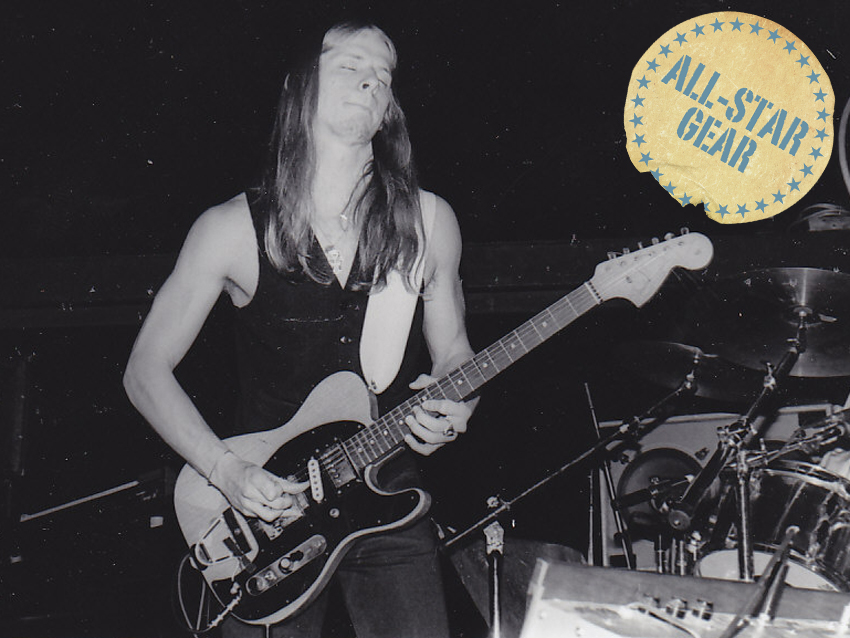
All-Star Gear: Steve Morse's Frankenstein Telecaster
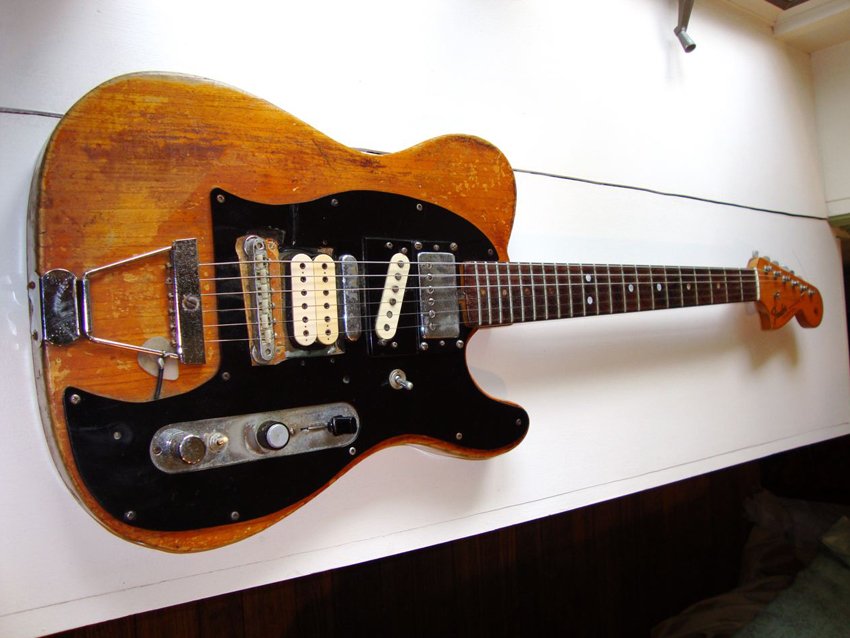
All-Star Gear: Steve Morse's Frankenstein Telecaster
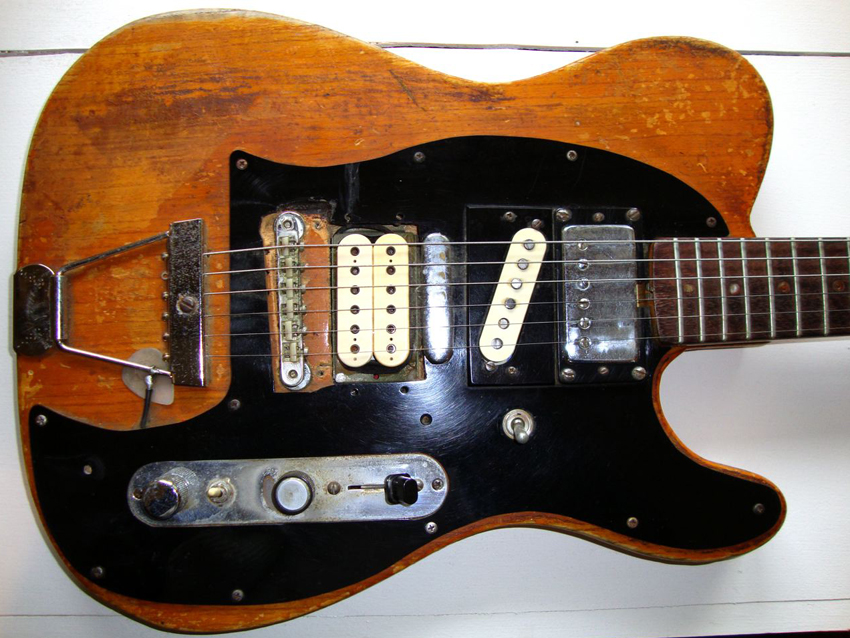
All-Star Gear: Steve Morse's Frankenstein Telecaster
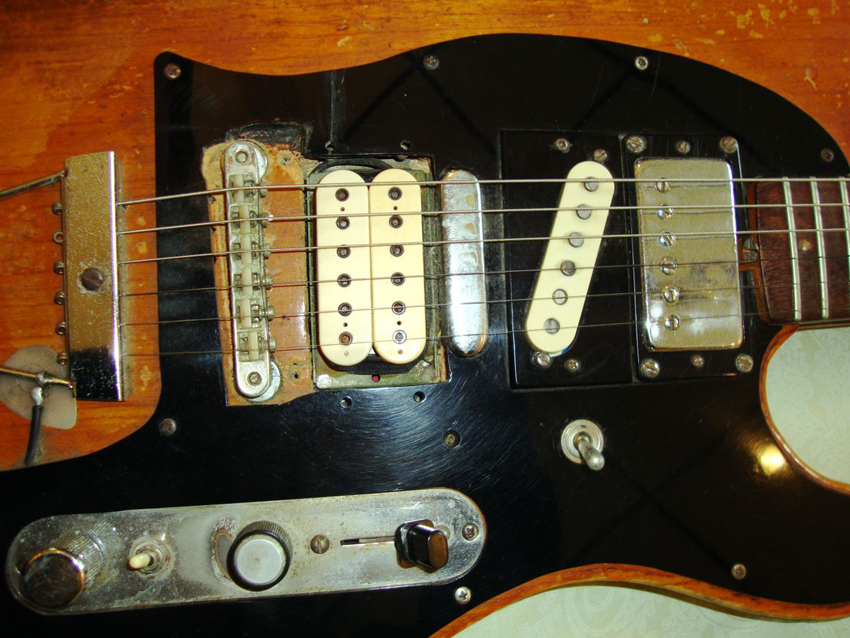
All-Star Gear: Steve Morse's Frankenstein Telecaster
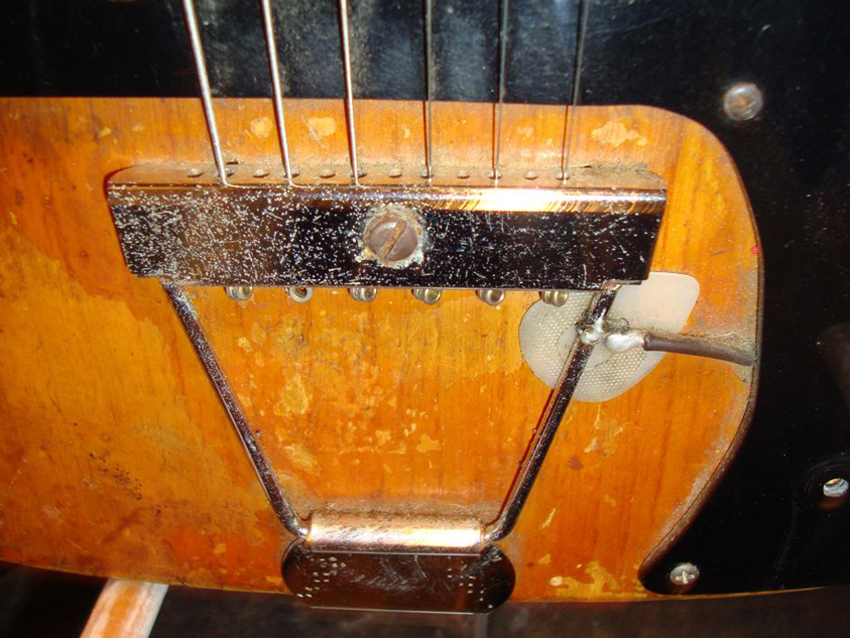
All-Star Gear: Steve Morse's Frankenstein Telecaster
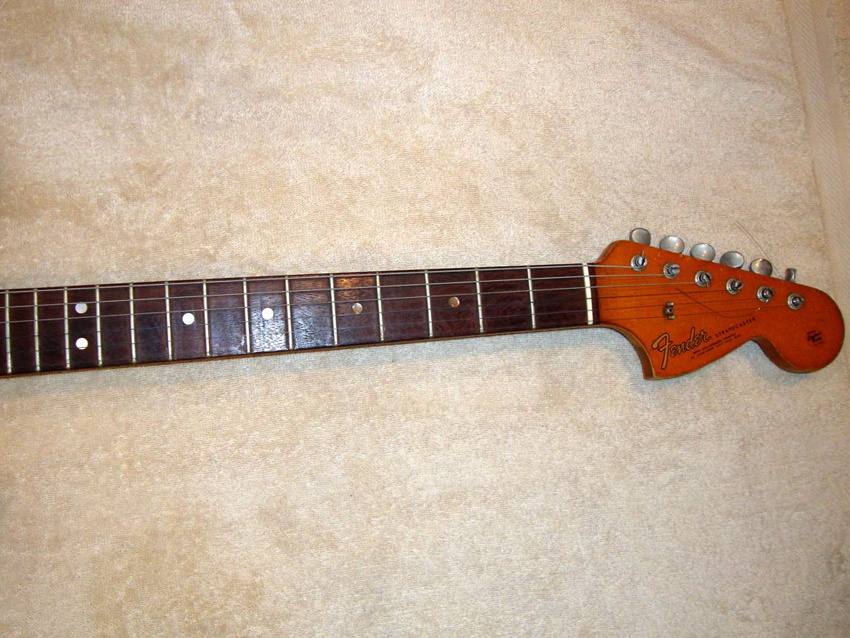
All-Star Gear: Steve Morse's Frankenstein Telecaster
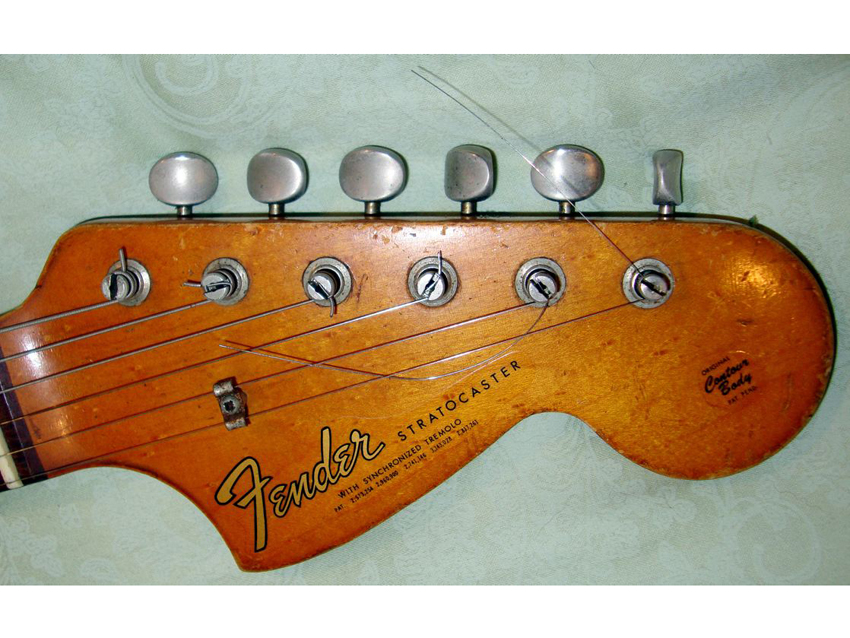
All-Star Gear: Steve Morse's Frankenstein Telecaster
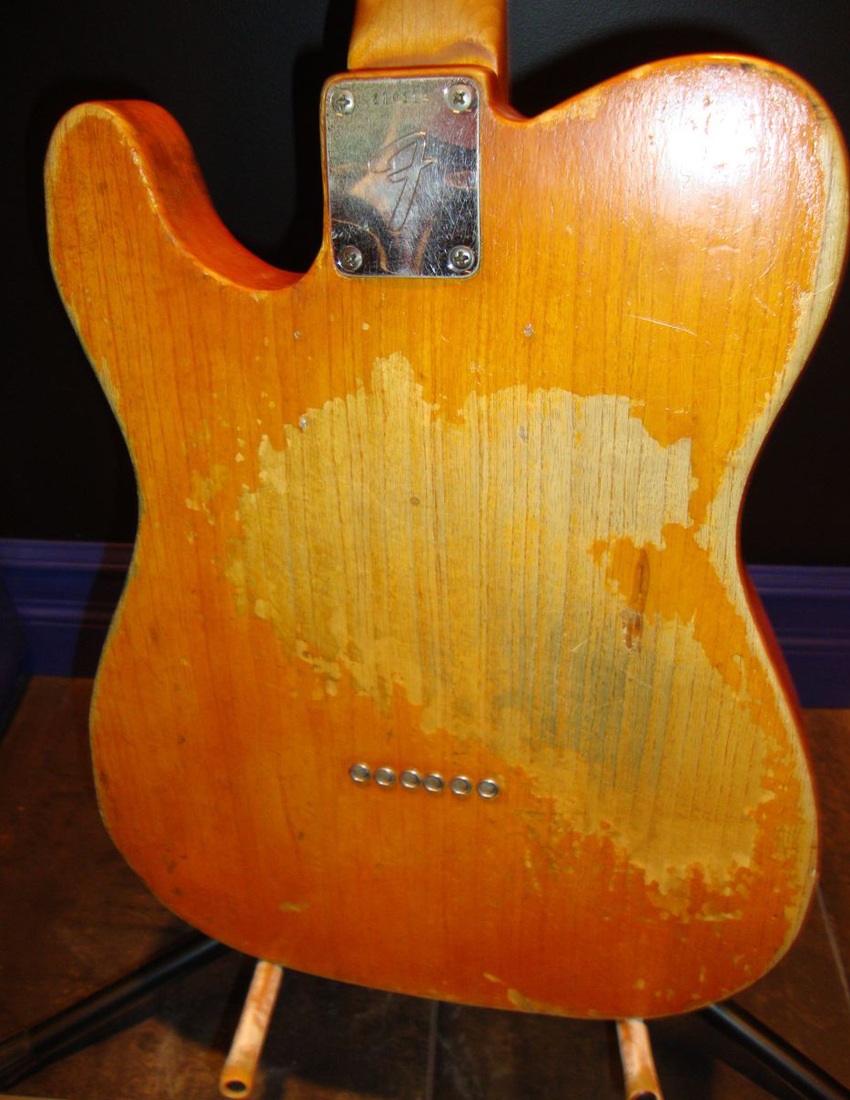
All-Star Gear: Steve Morse's Frankenstein Telecaster
Progressive rock, country, bluegrass, jazz, classical, funk - there's hardly a style of music that Steve Morse hasn't mastered. Starting with his groundbreaking fusion band, the Dixie Dregs, right on through a storied, continuing solo career and now as a member of hard rock legends Deep Purple, the much-honored guitarist has distinguished himself by stretching the boundaries of whatever genre he's working in.
Given such versatility, you'd think that Morse would have relied on dozens of vintage and custom manufacturer models. Although he now exclusively plays a Music Man Steve Morse Signature Model, for the first half of his career - going way back to his early days, in fact, as a pre-teen struggling to emulate his heroes - he used a guitar most musicians would have relegated to the scrap heap.
Twice, to be exact, for the guitar Morse played on such Dixie Dregs masterpieces as Free Fall, What If, Night Of The Living Dregs and Unsung Heroes, among others, is a true Frankenstein - the neck is from a Stratocaster and the body is a Tele. As for the guts, they're a hodgepodge so complex and utterly unique that it would take a mad scientist to make sense of it all.
So we got the next best thing: Steve Morse himself. We caught up with him in Germany, where he's been writing for the past two weeks with his Deep Purple mates. It was midnight, and in just five hours he was due to catch a flight to Spain. Even so, the venerated guitarist held forth, personally sharing the meticulous details of how he constructed his iconic axe. (You can view photos of the guitar on the following pages of this story, with a few extra in our gallery.)
What was the original Stratocaster like?
"I got it in 1967, brand-new. My parents gave me a loan and didn't charge interest, which was nice of them. As soon as I got the guitar, I noticed that I couldn't get the same sounds of a lot of the music I liked. The Beatles' guitar sounds were made on Gibsons, Rickenbackers, Gretsches - some Fenders. This was before Led Zeppelin, although it was still the 20th Century. [laughs]
"The first thing I modified was the output jack. A friend of mine had one of the first fuzzboxes; it was more like a battery-operated preamp, but it plugged right into the guitar. I couldn't plug it into the recessed jack, so I took a piece of an outlet box that had a hole drilled into it, and I put the jack on that. The fuzz sounded pretty cool, I must say, especially to an 11 or 12-year-old kid.
Get the MusicRadar Newsletter
Want all the hottest music and gear news, reviews, deals, features and more, direct to your inbox? Sign up here.
"Next, I tried experimenting with amps to give me the midrange I wanted. I discovered that the Vox Super Beatle amps had a middle-range boost, so I cascaded all the channels together and used a preamp from a broken tape recorder and a little Fender Princeton, which was better than the Vox, and I made that my signal chain. With that, I could get close to the fat rock 'n' roll sound of Cream or Led Zeppelin.
"For years, that's what I did - plugging the Fender Princeton into the head of the Super Beatle. That was my sound. It made a pretty bad hum, but it worked. I was up for trying anything."

The FrankenTele today. © Rod Morgenstein
But you still weren't totally pleased.
"No. So a couple of years later, I was helping out a friend in South Carolina, doing a session. Instead of money, I was paid with a guitar - a black Telecaster with a maple neck. It had the regular Tele lead pickup in it and a PAF-type humbucker from a 335 in the neck. There was a lipstick pickup in the guitar case - the previous owner had removed it.
"At the time, I didn't think too much of it. I kind of assessed it like this: The guitar feeds back; it doesn't tune; the maple neck is too slippery to play when my hands are sweaty; and one of the presets on the three-way switch makes no sense - it has a capacitor, which takes away all the high end. I was baffled as to why people thought Telecasters were so great.
"There were a lot of things I could do, though, and I sort of looked at the guitar - all this wide-open space on it - as a blank canvas. Anything was possible."
What was the first thing you did to it?
"The first thing was to put the Strat neck on the Tele body. I was surprised that it worked. I played some gigs with it, but I wasn't totally happy. Next, I stripped the black paint off the body. I used paint stripper and got it down to the natural wood. I put some varnish and shellac on it that I got from a hardware store.
Then I started on the pickups. I clipped out the capacitor, which helped a lot - it allowed me to bring both pickups together with the three-way switch and get some high end. Still, I wasn't getting the humbucking sound you need for rock 'n' roll, so I bought one of the very first Fender humbucking pickups that was available. I figured it would be pretty good because I liked their lead pickups.
"Putting the humbucker in the bridge position took some major surgery, and I realized that I needed a new bridge, so I got a Tune-O-Matic bridge and put that in. It worked OK, but the only problem was I was getting strings scraping on the Tune-O-Matic, so I had to find some new way to attach the strings. In a pawnshop, I got a trapeze 12-string tailpiece. I put that in and it worked the problem out."
Now, you're doing all of this luthier work - did you have any idea what you were doing?
"No, not really. [laughs] I had a motorcycle that I traded a mini-bike for, and I'd work on that, changing the pistons, working on the engine and that sort of thing. I didn't know what I was doing, no, but I was mechanically inclined."

Body detail. © Rod Morgenstein
After you put the humbucker in the bridge, what was next?
"I put the lipstick pickup in next to the 335, which was kind of inconclusive. It's a thin-sounding pickup, and it didn't have a lot of harmonics. But when I put it next to the humbucker, it gave me something good that I liked. After that, I got an on/off switch from an electrical supply store and put that in a spot where I deemed it should go. I needed that to work all the combinations on the pickups.
"I still needed something else. At this point, DiMarzio was in business. I met Larry and Steve Blucher, and I told them that the Fender humbucker was good but it kept feeding back. They made me a pickup, which was close. We exchanged ideas, went through a few prototypes, until we wound up with what would become the Steve Morse pickup. That now went into the bridge position.
"I tried replacing the 335 pickup for a time. Somebody gave me a hexaphonic pickup, which I tried in the neck position, but I didn't like it, so I went back to the 335. Before this, however, I decided that I needed to carve another hole in the guitar because, you know, why not? [laughs]
"A friend of mine made a pickguard for me when I had the hex pickup in it, so we put that on the guitar. It's bigger than a normal Tele pickguard. Then I decided that a Strat pickup worked next to the 335, but I had a big gap where the hex pickup used to be, so we had to put this block in there to fill up the space.
"I needed a way to control the Strat pickup, so I put another switch, and right between the volume and tone I put a miniature three-way in. We're getting close to being finished with it now."
What's the story with the wire attached to the tailpiece?
"Whenever I touched the strings, I noticed that I would get some unwanted noise and hum, so I put a grounding wife on the tailpiece and ran it underneath the pickguard to the metal plate that holds the volume, tone and switch."

Back view of Morse's Telecaster, showing years of belt wear. © Rod Morgenstein
Any changes to the neck, or were you happy with that?
"I was pretty happy with it, but I did put jumbo frets in it. It wasn't a mod, but as a way to keep the high E from popping out when I hit it too hard, I routed the E string through the string tree where the B string went. The tuners stayed the same - they were OK."
Did you experience any mishaps on the road with the guitar?
"Not really. A few times I had problems with the grounding wire, but I was pretty handy with a soldering iron. I did replace the volume controls a lot because I use the knob a lot for swells. They would wear out."
How long did you play the guitar?
"I used it on High Tension Wires [1989], for sure. Right around then, Music Man said they could duplicate the guitar. They were talking about a signature model. I was a little unsure, because I had been down that road with a couple of companies, but Sterling Ball assured me that they wouldn't stop until they had something I liked.
"I didn't stop playing the Tele until I had the Music Man for a while. I looked at the new guitar and thought, It stays in tune, it does everything I need, it has an extra fret, and the neck is much easier to adjust. Anytime I needed to tweak the neck, it was perfect. Basically, I decided to use the Music Man more and more, and I realized I was just using the Tele for old time's sake."
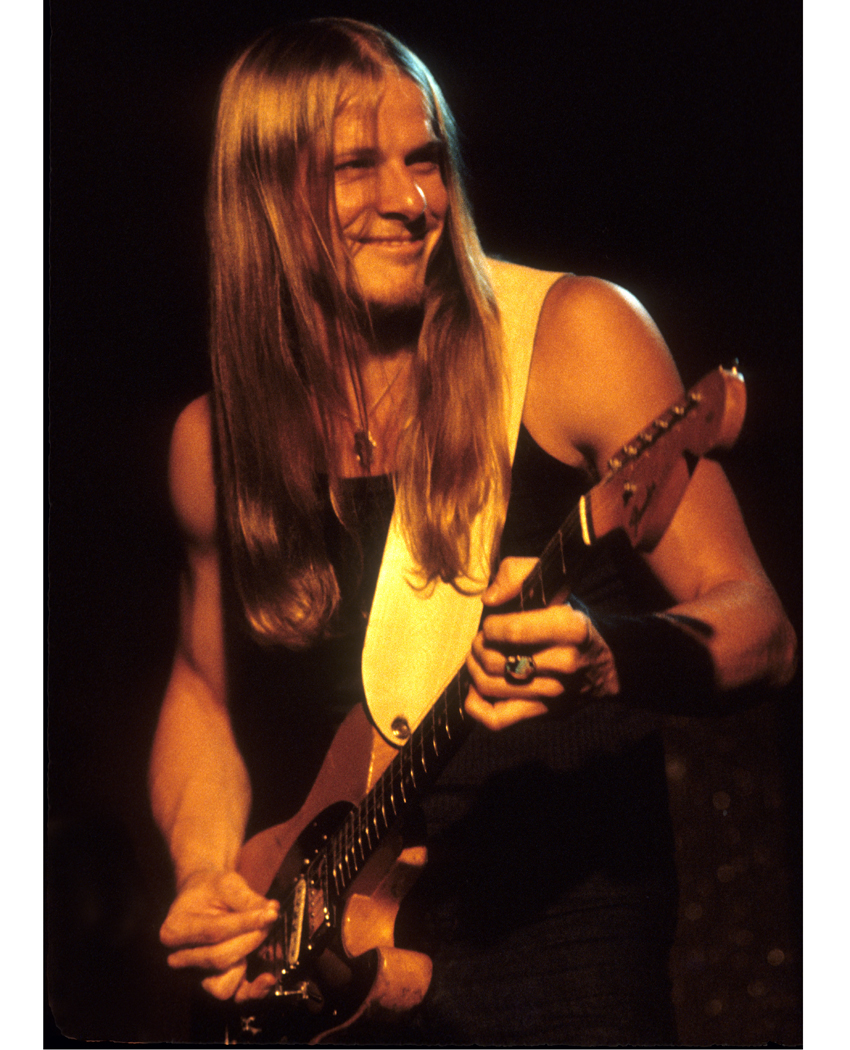
Morse, his Tele and one of his few picks, in San Francisco, 1980. © Clayton Call / Retna Ltd./Retna Ltd./Corbis
Was it bittersweet to finally put it out to pasture?
"Well, I didn't see it that way. I never said, 'I'm never going to play this guitar again.' It just happened. The Music Man was more reliable and road-worthy. Every guitar has a sweet spot, and that Tele had a spot that no other guitar had. It's got a clean sound that isn't thin. It had an envelope to the notes, especially when I used distortion."
Was the Tele a better recording or live guitar?
"Either way. It wasn't that good for hammers and pulls, it just didn't have the sustain, possibly because the wood was so light. The first few Dregs records I did with the nylon pieces in the bridge. I switched to metal and it lost some personality, a little roundness. That was my first clue that bridges make a big difference."
You still have a pick tucked underneath the tailpiece. Any significance to it?
"That was one of probably two or three picks that I owned. These nylon Dunlop picks were hard to find. I played with the rounded edge, on the side, and they wore away very slowly. The reason I used the edge, especially with downstrokes, was that I could get some unusual sounds - it would kind of scrape the strings. It would pull a little bit, like a hint of sandpaper.
"I was funny about picks back then: I never changed them and I never gave them away. I had one spare pick and that was on the guitar."
Do you have a particularly fond memory of the Tele?
"It was probably like what I said earlier, seeing it before I did everything to it. When I first played it with the Strat neck, I was just very… happy. [laughs] I saw all that plain wood… it was ready for experimentation. There was so much I could do to it. I had no idea what I was going to do or where I was going to go with it, but I looked down at it and said, 'This is going to be a great guitar.'"
Special thanks to Rod Morgenstein and Rebecca Kamili'iaekaua Erickson.
Joe is a freelance journalist who has, over the past few decades, interviewed hundreds of guitarists for Guitar World, Guitar Player, MusicRadar and Classic Rock. He is also a former editor of Guitar World, contributing writer for Guitar Aficionado and VP of A&R for Island Records. He’s an enthusiastic guitarist, but he’s nowhere near the likes of the people he interviews. Surprisingly, his skills are more suited to the drums. If you need a drummer for your Beatles tribute band, look him up.
“I don’t think they’re New Order. They don’t sound anything like them”: Peter Hook takes aim at his estranged bandmates
“I’m beyond excited to introduce the next evolution of the MT15”: PRS announces refresh of tube amp lineup with the all-new Archon Classic and a high-gain power-up for the Mark Tremonti lunchbox head



![PRS Archon Classic and Mark Tremonti MT 15 v2: the newly redesigned tube amps offer a host of new features and tones, with the Alter Bridge guitarist's new lunchbox head [right] featuring the Overdrive channel from his MT 100 head, and there's a half-power switch, too.](https://cdn.mos.cms.futurecdn.net/FD37q5pRLCQDhCpT8y94Zi.jpg)






